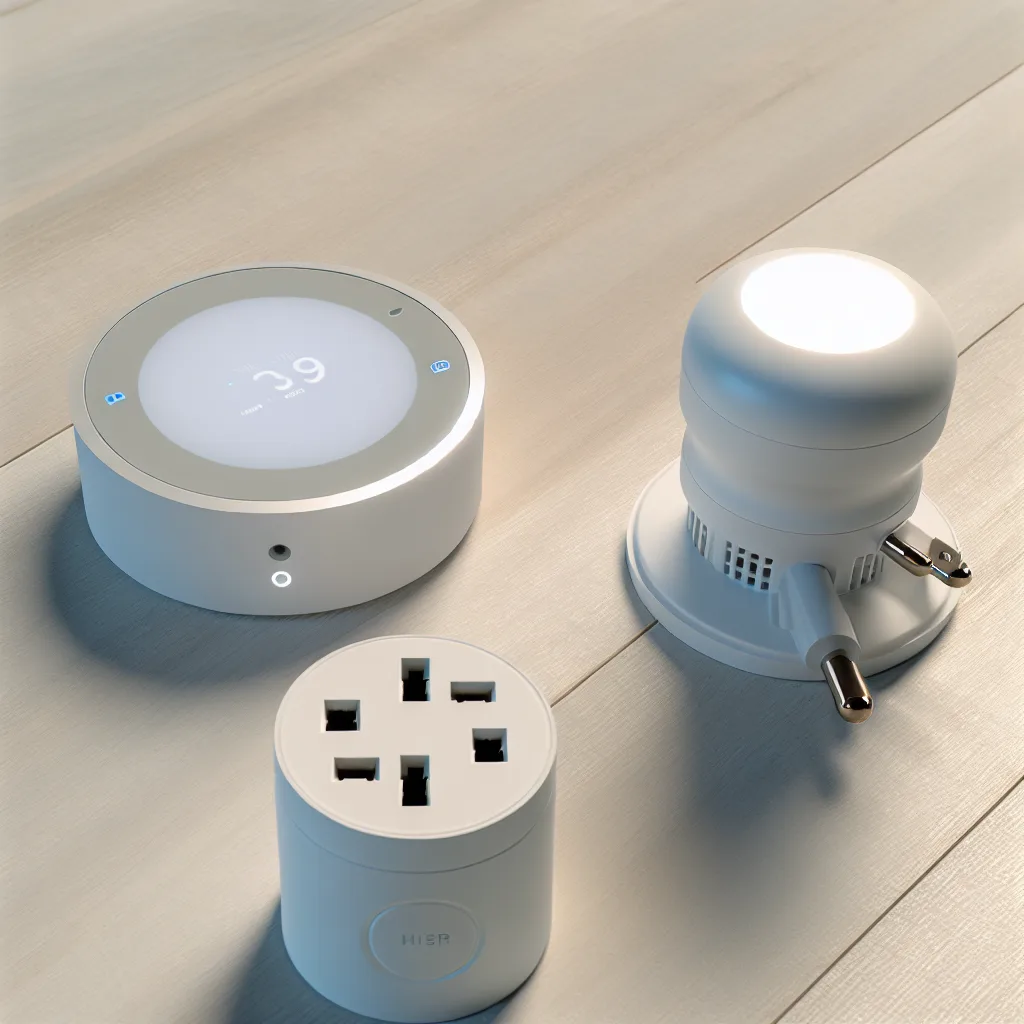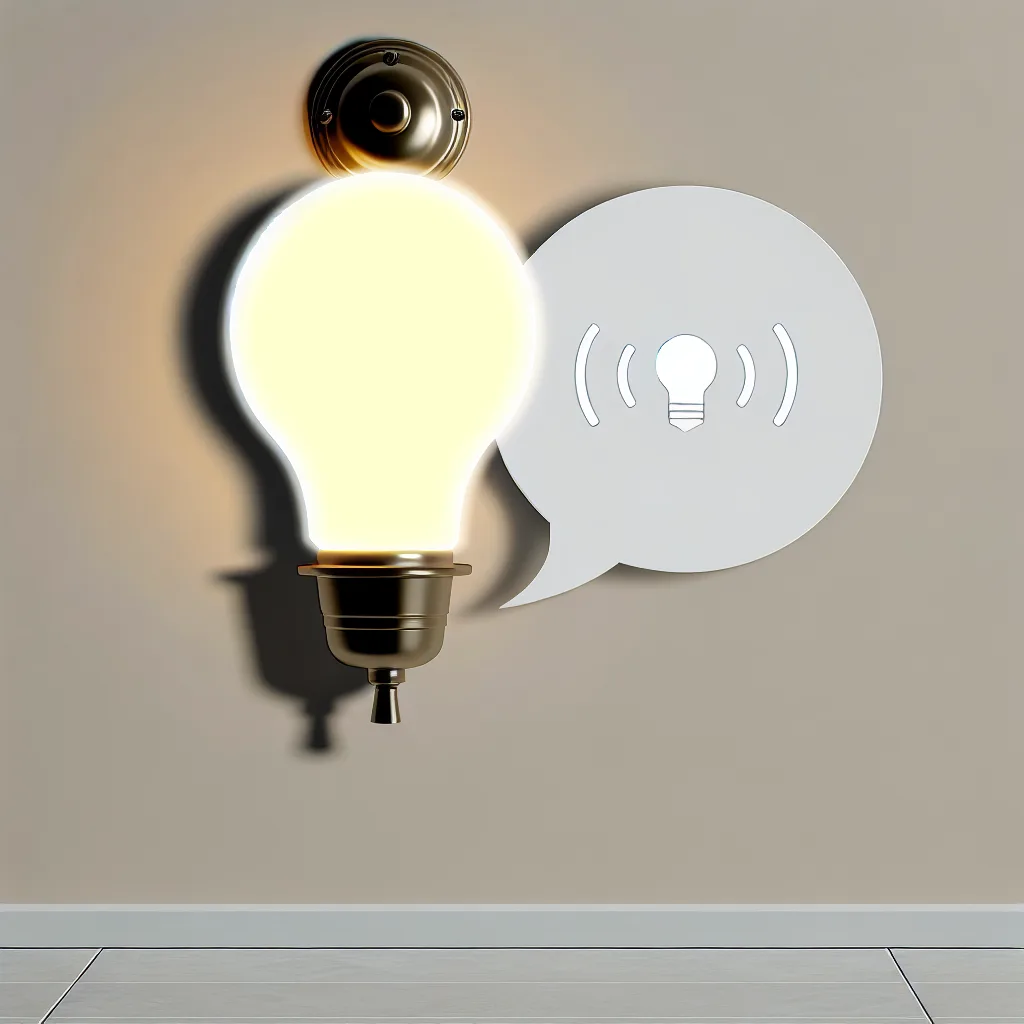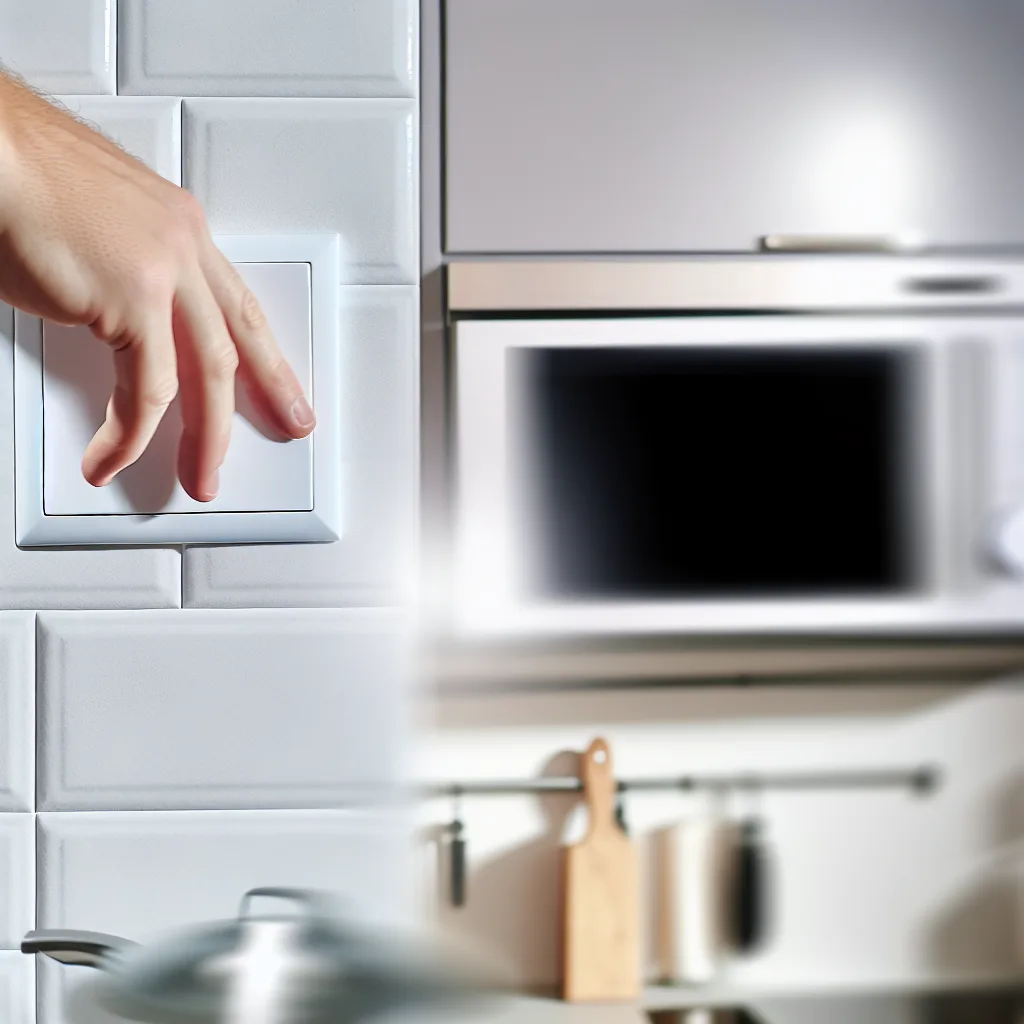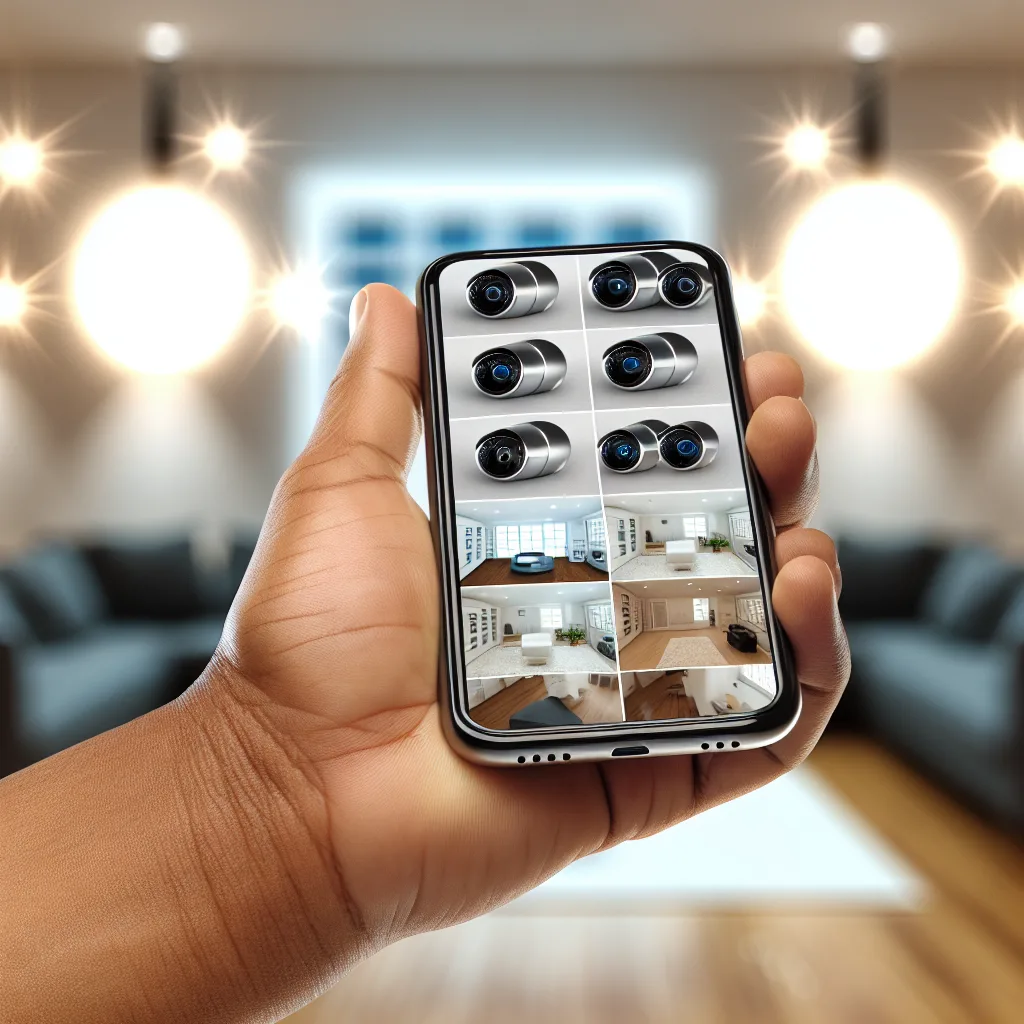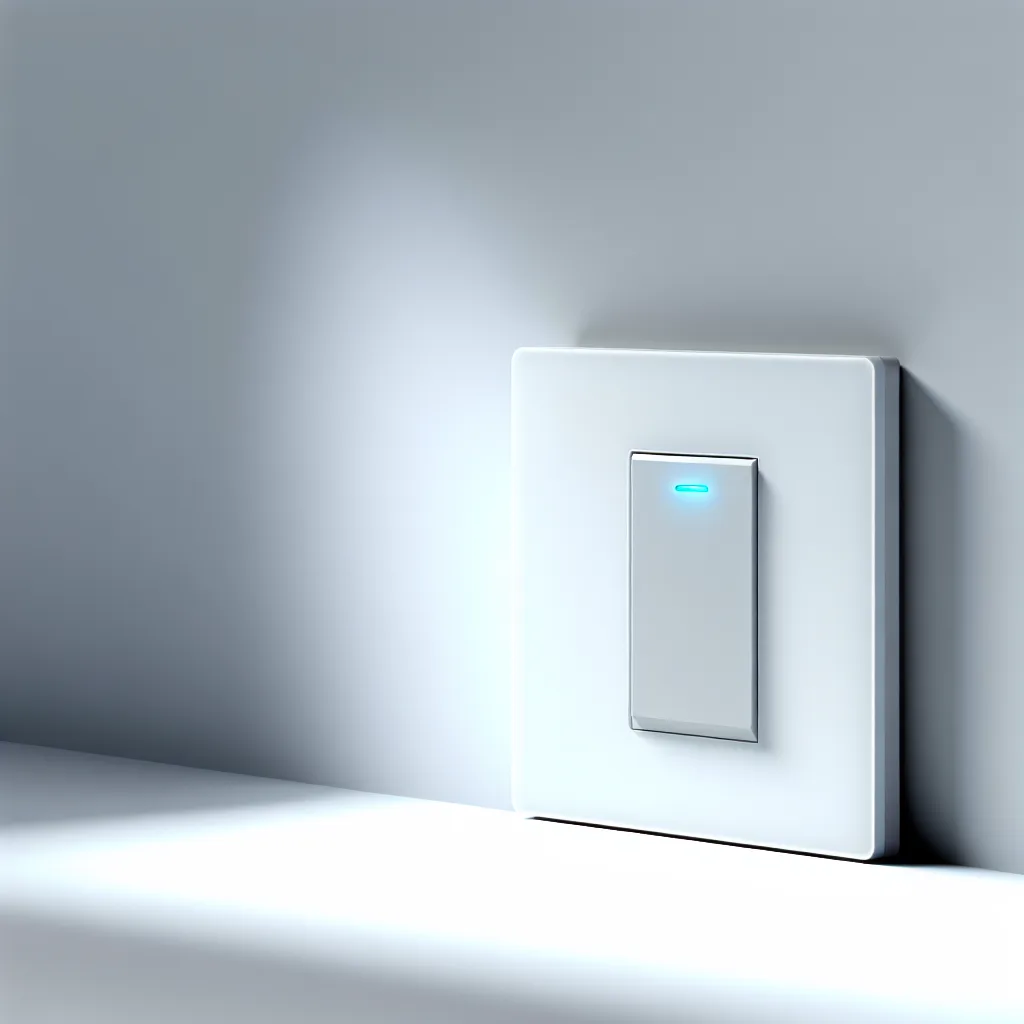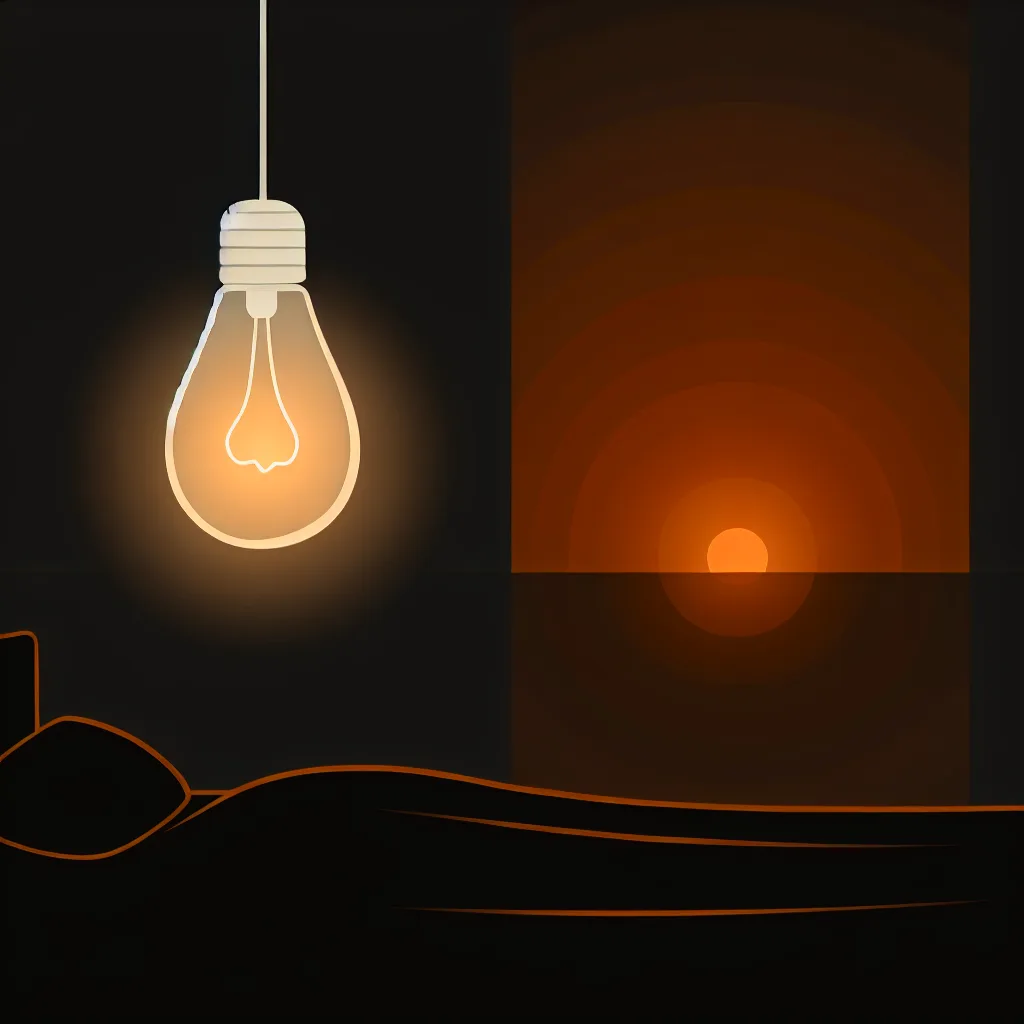Discover what the partnership between OpenAI and Luxshare Precision means for AI technology and everyday users.
Have you heard about the latest buzz in AI technology? The OpenAI partnership with Luxshare Precision caught my attention recently, and I thought I’d share what I found out. They’re teaming up to develop a pocket-sized AI device, which sounds pretty promising for anyone curious about how AI might fit into daily life on the go.
What Is This OpenAI Partnership All About?
OpenAI has been leading the way with AI creativity and intelligence, but hardware partnerships like this one with Luxshare Precision show how they’re looking to bridge powerful software with tangible devices. Luxshare Precision, known primarily for manufacturing high-quality electronics in China, brings the hardware expertise while OpenAI focuses on the AI side of things. It’s a collaboration that seems geared towards creating a sleek, portable gadget that could deliver AI capabilities right from your pocket.
Why a Pocket-Sized AI Device?
You might wonder, why compact and pocket-sized? The idea is to make AI more personal and accessible without needing to fire up a computer or even a phone. Imagine having an AI assistant you can carry with you, available anytime for quick answers, translations, or maybe even creative brainstorming on the move. This kind of device could reshape how we interact with technology, especially in situations where pulling out a phone feels too distracting or slow.
What Can We Expect From the Device?
Details are still unfolding, but the partnership hints at a device with strong AI language understanding, possibly leveraging what OpenAI is known for—like advanced chat models that can provide conversational assistance. Since Luxshare Precision handles precision manufacturing and miniaturization, we’re probably looking at something that’s not just smart but also sleek and durable.
The Bigger Picture of the OpenAI Partnership
This isn’t just about one gadget. OpenAI teaming up with a hardware manufacturer like Luxshare could be a step towards more integrated AI devices across various forms. It aligns with ongoing tech trends where AI is moving closer to everyday consumer products. For more context on Luxshare Precision’s role in tech, their official website is a useful place to check: Luxshare Precision.
And if you’re interested in OpenAI’s AI technology and ethos, their site is a great resource: OpenAI.
Should You Be Excited?
While it’s too early to know exactly when the device will hit the market or what the final product will look like, partnerships like this highlight how AI is becoming increasingly mainstream. It’s exciting to think about having AI tools literally at your fingertips. Plus, as we see more collaborations between AI developers and hardware makers, the options to choose from are likely to expand.
Final Thoughts
The OpenAI partnership with Luxshare Precision is an interesting development for anyone who’s been curious about the next steps for AI technology. A pocket-sized device means convenience and accessibility, bringing AI out of the realm of just apps and websites and into a new, portable form. Keep an eye out for updates; this could be the start of something quite handy for the tech-savvy and casual users alike.
If you want to stay informed about how AI devices evolve, TechCrunch often covers the latest in AI hardware and partnerships.
So, what do you think? Would a pocket-sized AI device be something you’d find useful in your daily life?


